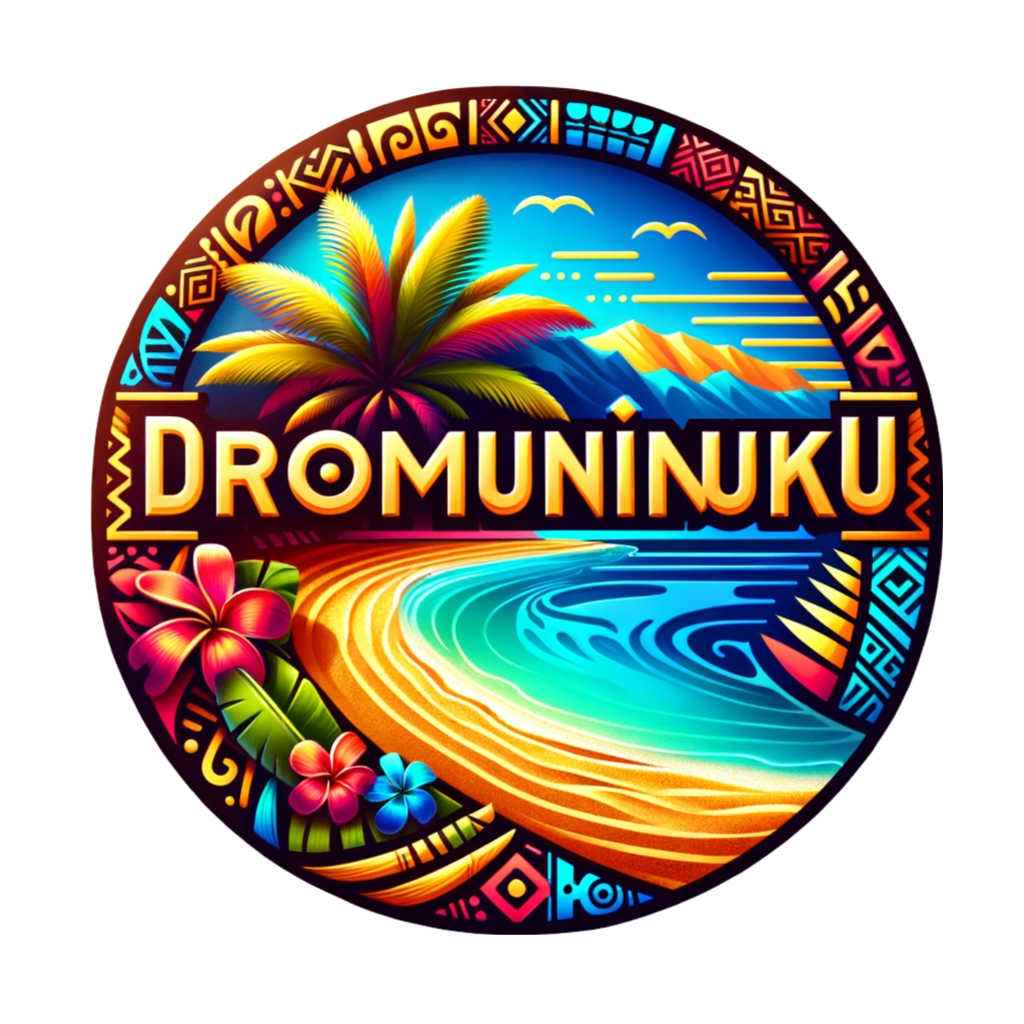Digital art has revolutionized the art landscape in several profound ways, reflecting not just technological advancements but also a shift in how we perceive, interact with, and value art. The significance of digital art can be explored through various aspects including its accessibility, innovation, and impact on traditional art forms.
Accessibility and Democratization
One of the most significant impacts of digital art is its role in democratizing the art world. Traditionally, art has been associated with exclusivity, limited to those who had the means to access art galleries or afford expensive artworks. Digital art, however, has shattered these barriers. With a digital device and the internet, anyone can view, create, and share art. This accessibility has led to a more diverse range of artists and audiences, bringing in fresh perspectives and styles that were previously underrepresented in the mainstream art world.
Moreover, digital platforms have made it easier for artists to showcase their work, reach wider audiences, and even monetize their art through avenues like digital galleries, online marketplaces, and NFTs (Non-Fungible Tokens). This has provided artists with more control over their work and career, shifting the power dynamics traditionally held by galleries and art dealers.
Innovation and Expansion of Artistic Boundaries
Digital art is also at the forefront of innovation in the art world. Artists now have an array of tools at their disposal – from graphic design software to 3D modeling programs – that allow them to push the boundaries of creativity. This technology enables artists to experiment with new forms, textures, and concepts that are not possible with traditional mediums.
Furthermore, digital art often intersects with other fields such as virtual reality, augmented reality, and interactive installations, creating immersive experiences for viewers. These technologies have expanded the very definition of art, blurring the lines between reality and virtuality, and providing new ways for audiences to engage with art.
Influence on Traditional Art Forms
The rise of digital art has also had a notable impact on traditional art forms. Many traditional artists now incorporate digital techniques into their workflow, using software for sketching, planning, or adding finishing touches to their physical artworks. This hybrid approach has led to a fusion of traditional and modern techniques, enriching the art-making process.
Additionally, digital art has influenced the aesthetics and themes of contemporary art. The digital culture, with its unique visual language and themes like cyberspace, virtual identity, and digitization, has become a common subject in modern art. This reflects the growing influence of the digital world on our everyday lives and societal norms.
Preservation and Sustainability
Another important aspect of digital art is its contribution to the preservation and sustainability of art. Digital artworks do not degrade over time like physical artworks and can be easily replicated and backed up, ensuring their longevity. Moreover, the production of digital art often requires fewer physical resources compared to traditional art forms, making it a more environmentally sustainable option.
Conclusion
In conclusion, the importance of digital art in the contemporary art landscape is undeniable. It has democratized the art world, fostered innovation, influenced traditional art forms, and contributed to the sustainability of art. As technology continues to evolve, so too will the possibilities and influence of digital art, ensuring its role as a vital and dynamic component of the global art scene.

